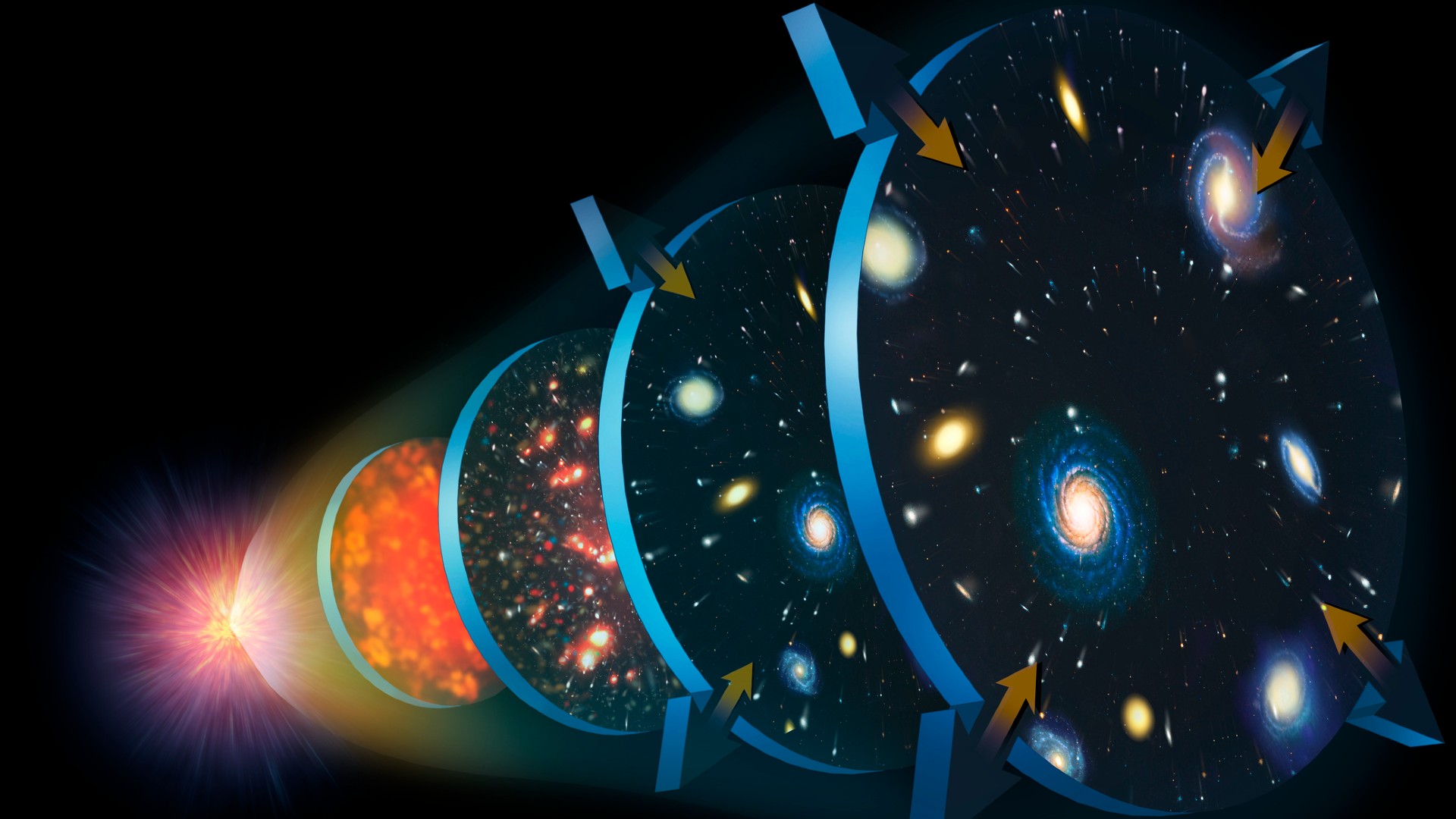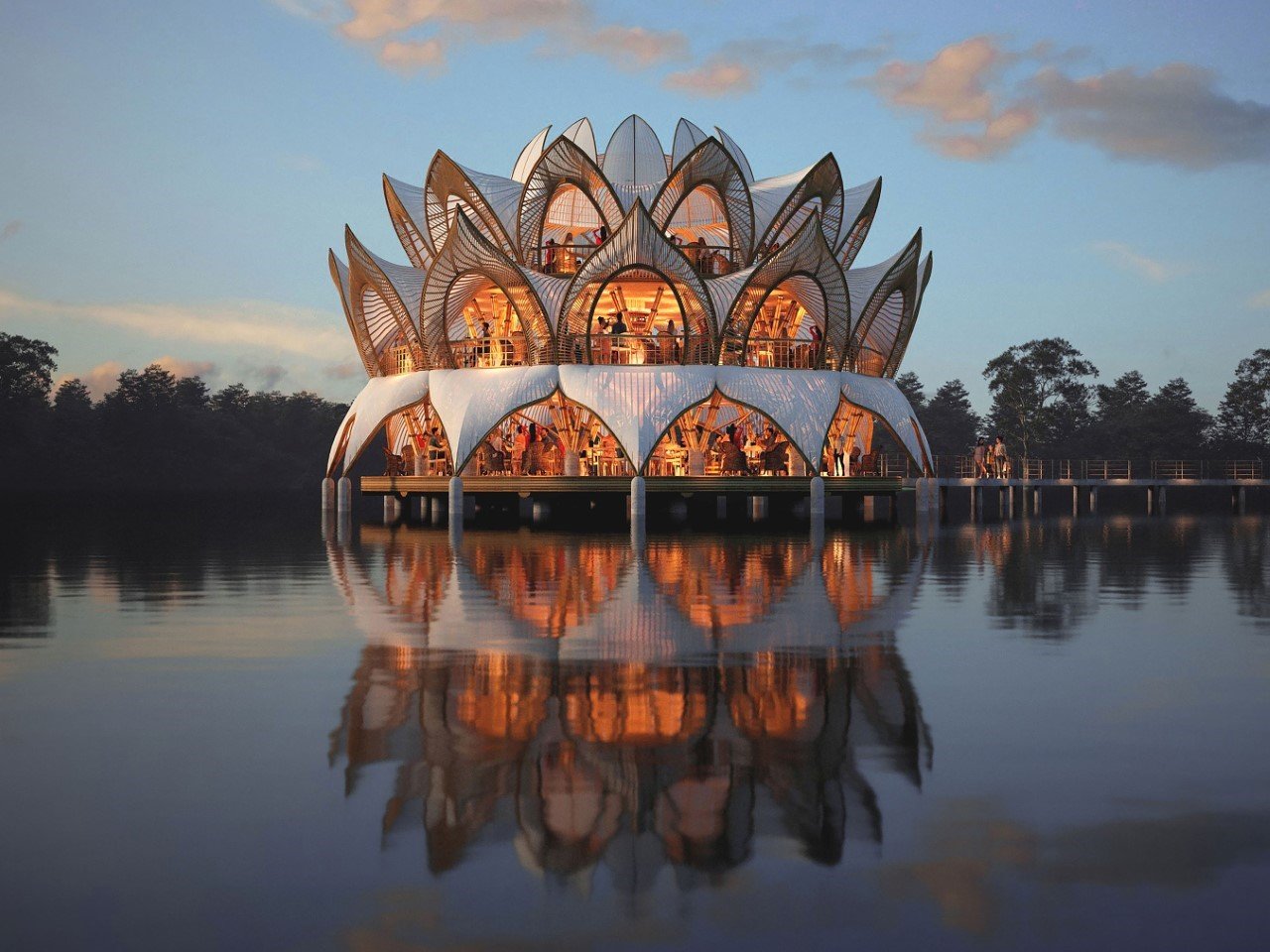AI Can Now Dream
Imagine a world where artificial intelligence (AI) doesn’t just follow orders but dreams of new possibilities. It imagines its own structure, redesigns itself, and learns faster than ever. This isn’t science fiction—this is the promise of Neural Architecture Search (NAS), a groundbreaking field of AI research. Let’s dive into this fascinating idea of AI dreaming about its own architecture and how it’s changing the way we think about machine learning. What Does It Mean for AI to "Dream"? Think of AI as a sculptor designing its tools. Neural networks are the building blocks of AI, like chisels and hammers for a sculptor. Traditionally, humans decide the size, shape, and function of these tools—adding layers, choosing activation functions, and determining connections. With NAS, it experiments, evaluates, and optimizes its own design to better perform tasks. In essence, it dreams of new architectures and brings them to life. Why Is AI’s Dreaming Important? For years, humans painstakingly designed neural networks by trial and error. NAS changes the game by automating this process. Here’s why this matters: Efficiency: NAS discovers optimized architectures faster than humans. Innovation: It uncovers unconventional designs that outperform human-made models. Accessibility: By automating design, NAS lowers the barrier for creating state-of-the-art AI models. How Does NAS Work? Let’s simplify NAS with a fun analogy. Imagine AI as a chef dreaming of the perfect cake recipe. Here’s how it works: Step 1: Search Space The chef decides the ingredients to experiment with—flour, sugar, butter, and chocolate. In NAS, this search space includes neural network components like layers, activation functions, and connections. Step 2: Search Algorithm The chef tries different combinations of ingredients. Some are random; others are guided by past experiences. Similarly, NAS uses algorithms like random search, reinforcement learning, or evolutionary strategies to test architectures. Step 3: Evaluation After baking each cake, taste-testers rate it. In NAS, models are tested for accuracy, speed, and efficiency. Step 4: Optimization The chef refines the recipe based on feedback. NAS iteratively improves architectures to achieve the best results. Real-World Example Here’s an example of NAS in action:

Imagine a world where artificial intelligence (AI) doesn’t just follow orders but dreams of new possibilities. It imagines its own structure, redesigns itself, and learns faster than ever. This isn’t science fiction—this is the promise of Neural Architecture Search (NAS), a groundbreaking field of AI research.
Let’s dive into this fascinating idea of AI dreaming about its own architecture and how it’s changing the way we think about machine learning.
What Does It Mean for AI to "Dream"?
Think of AI as a sculptor designing its tools. Neural networks are the building blocks of AI, like chisels and hammers for a sculptor. Traditionally, humans decide the size, shape, and function of these tools—adding layers, choosing activation functions, and determining connections.
With NAS, it experiments, evaluates, and optimizes its own design to better perform tasks. In essence, it dreams of new architectures and brings them to life.
Why Is AI’s Dreaming Important?
For years, humans painstakingly designed neural networks by trial and error. NAS changes the game by automating this process. Here’s why this matters:
Efficiency: NAS discovers optimized architectures faster than humans.
Innovation: It uncovers unconventional designs that outperform human-made models.
Accessibility: By automating design, NAS lowers the barrier for creating state-of-the-art AI models.
How Does NAS Work?
Let’s simplify NAS with a fun analogy. Imagine AI as a chef dreaming of the perfect cake recipe. Here’s how it works:
Step 1: Search Space
The chef decides the ingredients to experiment with—flour, sugar, butter, and chocolate. In NAS, this search space includes neural network components like layers, activation functions, and connections.
Step 2: Search Algorithm
The chef tries different combinations of ingredients. Some are random; others are guided by past experiences. Similarly, NAS uses algorithms like random search, reinforcement learning, or evolutionary strategies to test architectures.
Step 3: Evaluation
After baking each cake, taste-testers rate it. In NAS, models are tested for accuracy, speed, and efficiency.
Step 4: Optimization
The chef refines the recipe based on feedback. NAS iteratively improves architectures to achieve the best results.
Real-World Example
Here’s an example of NAS in action:
















































































